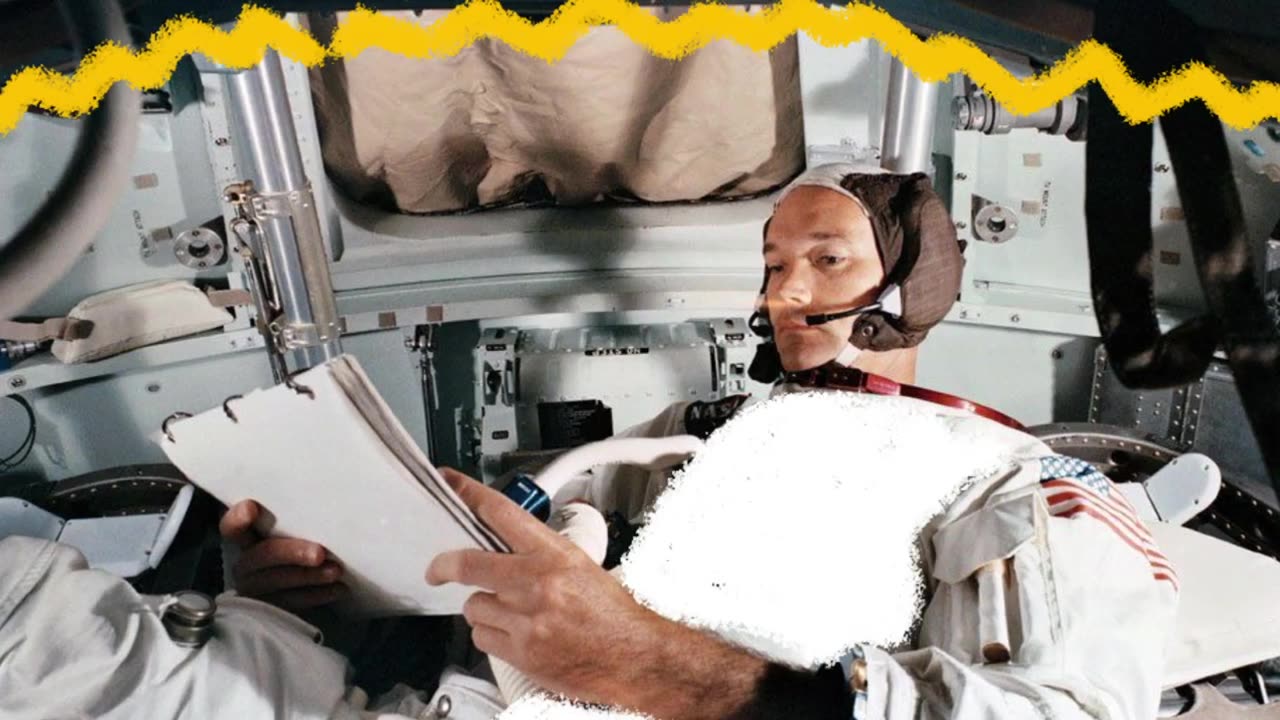Premium Only Content

How NASA Will Protect Astronauts From Space Radiation
August 1972, as NASA scientist Ian Richardson remembers it, was hot. In Surrey, England, where he grew up, the fields were brown and dry, and people tried to stay out of the Sun, indoors and televisions on. But for several days that month, his TV picture kept breaking up. “Do not adjust your set,” he recalls the BBC announcing. “Heat isn’t causing the interference. It’s sunspots.” The same sunspots that disrupted the television signals led to enormous solar flares — powerful bursts of radiation from the Sun — Aug. 4-7 that year. Between the Apollo 16 and 17 missions, the solar eruptions were a near miss for lunar explorers. Had they been in orbit or on the Moon’s surface, they would have sustained dangerous levels of solar radiation sparked by the eruptions. Today, the Apollo-era flares serve as a reminder of the threat of radiation exposure for technology and astronauts in space. Understanding and predicting solar eruptions is crucial for safe space exploration. Almost 50 years since those 1972 storms, the data, technology and resources available to NASA have improved, enabling advancements towards space weather forecasts and astronaut protection — key to NASA’s Artemis program to return astronauts to the Moon. Music credits: “Boreal Moment” by Benoit Scarwell [SACEM]; “Sensory Questioning”, “Natural Time Cycles”, “Emerging Designer”, and “Experimental Design” by Laurent Dury [SACEM]; “Superluminal” by Lee Groves [PRS], Peter George Marett [PRS] from Killer Tracks Read more: https://www.nasa.gov/feature/goddard/2019/how-nasa-protects-astronauts-from-space-radiation-at-moon-mars-solar-cosmic-rays This video is public domain and along with other supporting visualizations can be downloaded from the Scientific Visualization Studio at: http://svs.gsfc.nasa.gov/13275 If you liked this video, subscribe to the NASA Goddard YouTube channel:
http://www.youtube.com/NASAExplorer Follow NASA’s Goddard Space Flight Center
Instagram http://www.instagram.com/nasagoddard
Twitter http://twitter.com/NASAGoddard
Twitter http://twitter.com/NASAGoddardPix
Facebook: http://www.facebook.com/NASA.GSFC
Flickr http://www.flickr.com/photos/gsfc
-
 2:39
2:39
BIG NEM
12 hours agoHygiene HORROR: The "Yurt Incident"
14.4K2 -
 3:19:21
3:19:21
Price of Reason
15 hours agoHollywood Celebrities FLEE the US After Trump Win! Wicked Movie Review! Gaming Journos MAD at Elon!
104K64 -
 3:55:45
3:55:45
Alex Zedra
10 hours agoLIVE! Last Map on The Escape: SCARY GAME.
88.3K3 -
 1:14:07
1:14:07
Glenn Greenwald
15 hours agoComedian Dave Smith On Trump's Picks, Israel, Ukraine, and More | SYSTEM UPDATE #370
184K270 -
 1:09:07
1:09:07
Donald Trump Jr.
18 hours agoBreaking News on Latest Cabinet Picks, Plus Behind the Scenes at SpaceX & Darren Beattie Joins | TRIGGERED Ep.193
223K774 -
 1:42:43
1:42:43
Roseanne Barr
13 hours ago $65.93 earnedGod Won, F*ck You | The Roseanne Barr Podcast #75
101K212 -
 2:08:38
2:08:38
Slightly Offensive
15 hours ago $43.01 earnedDEEP STATE WINS?! Matt Gaetz OUSTED as AG & Russia ESCALATES War | Guest: The Lectern Guy
97.3K60 -
 1:47:36
1:47:36
Precision Rifle Network
14 hours agoS3E8 Guns & Grub - the craziness continues
72.9K4 -
 41:37
41:37
Kimberly Guilfoyle
16 hours agoPresident Trump Making all the Right Moves,Live with Border Union Chief Paul Perez & Lawyer Steve Baric | Ep. 176
159K48 -
 19:38
19:38
Neil McCoy-Ward
19 hours agoMASS LAYOFFS Have Started... (How To Protect Your Income)
62.2K9